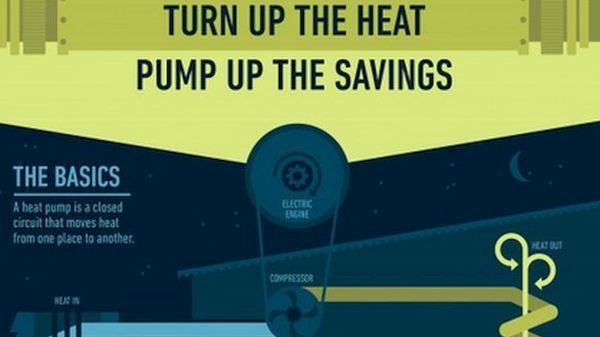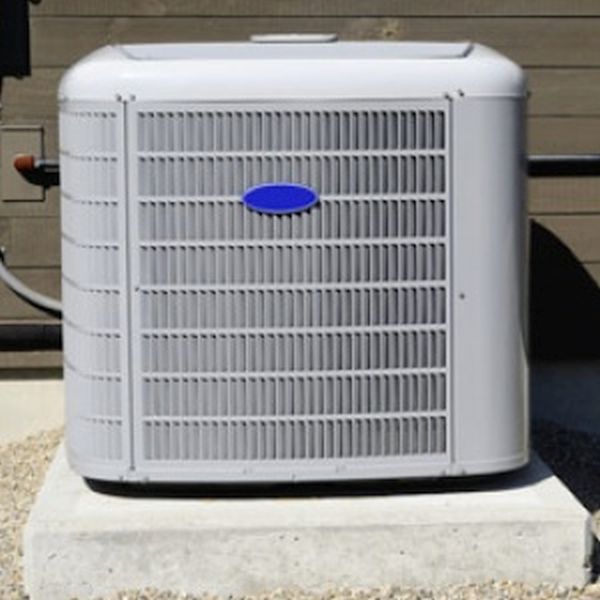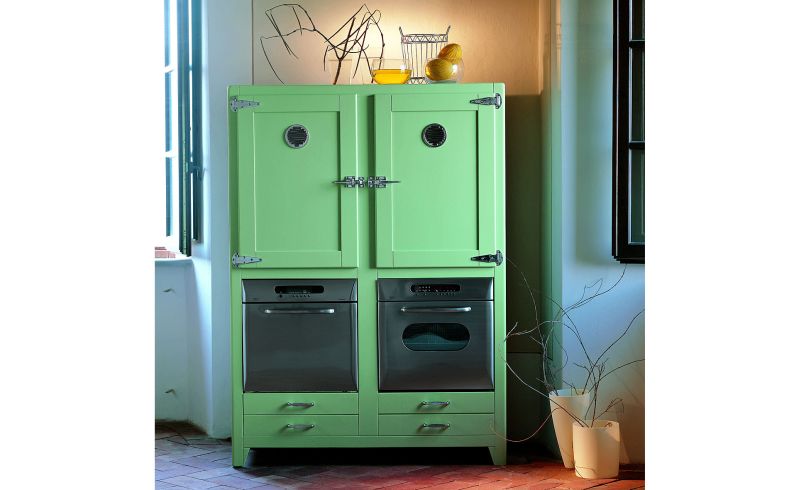Heat pumps are rapidly gaining popularity across the United States as a home heating and cooling solution. Because of their energy efficiency, they can yield great savings that can quickly become evident on a home electric bill, depending on the climate in which you live. In particular, those who live in warm climates, can see great savings from a heat pump.
How does a heat pump work? A heat pump moves heat between areas of a closed circuit, as illustrated in an infographic published by Griffith Energy Services. Depending on the outside temperature, the heat pump gets its energy from air, ground, or water, pulling heat from the most appropriate source into the evaporator, which contains refrigerant. After being heated to a gaseous state, refrigerant then travels to the compressor, which heats air while returning the refrigerant to its liquid state. In winter, the warm air is pumped into the home; in summer, a reverse valve pulls hot air out of the house instead.
The initial investment required to install a heat pump will cost you more than installing a traditional HVAC system, but the expense pays for itself. Heat pumps connected to any of the three heating sources can bring significant savings when compared with their traditional counterparts, but heat pumps that use geothermal, or underground, heating bring the greatest savings.
Best of all, heat pumps’ variable-speed motors, ability to work in both hot and cold weather, and heat reclaiming technology make them not only energy-efficient, but also environmentally friendly. They don’t burn fuel, and they create consistent heat dispersion in your home, avoiding hot or cold pockets. With a heat pump, you can take care of the environment while you let it take care of you.
Article Submitted By Community Writer






